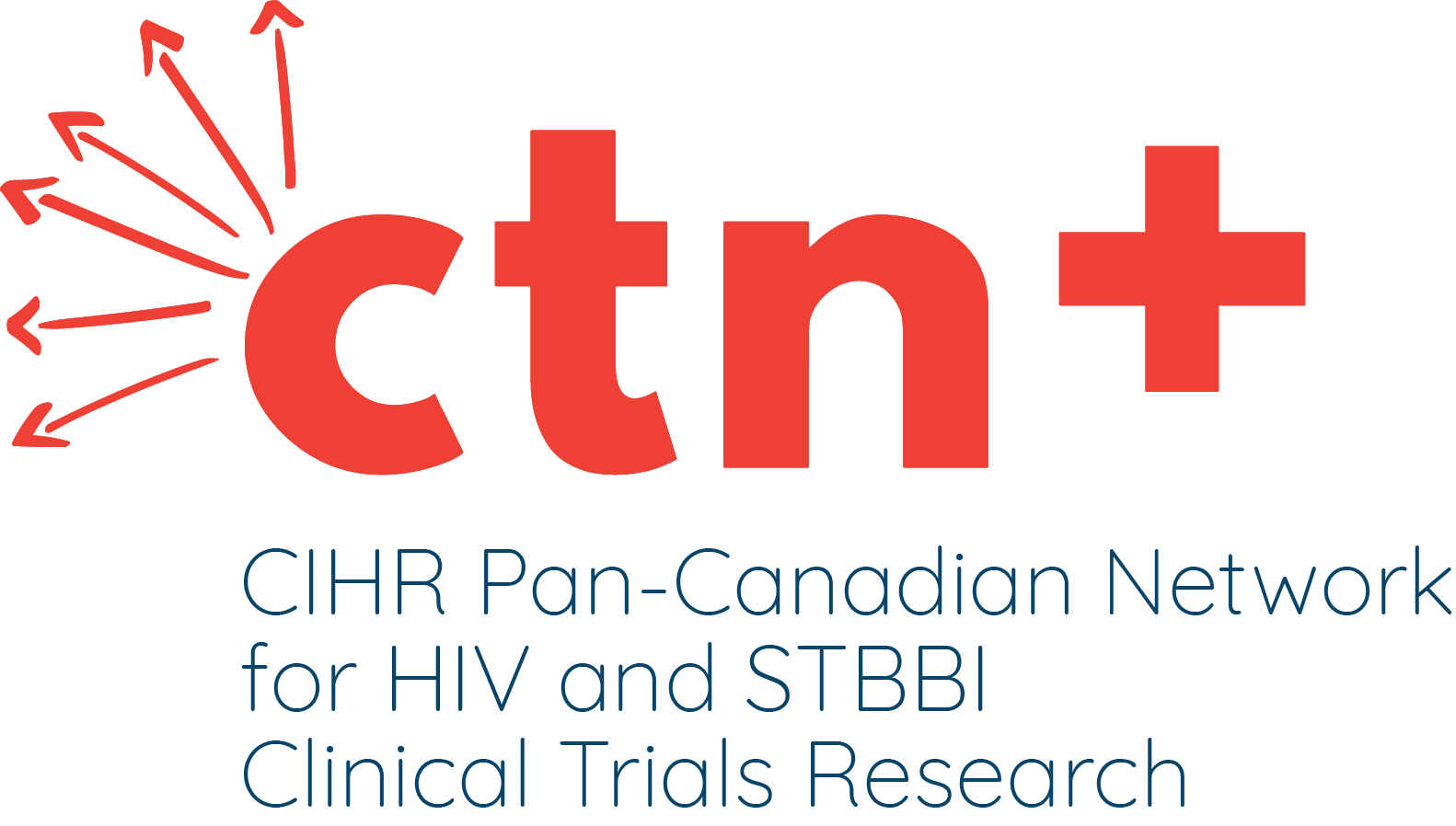About The Study
To determine whether a strategy of adding nelfinavir (NFV) to background antiretroviral (AR) nucleoside therapy is equivalent, in terms of delaying disease progression events or death, to the strategy of adding ritonavir (RTV) to background AR therapy nucleoside therapy in participants with CD4 counts less than or equal to 100 cells/mm3.
Study Approach
This was an equivalence, open label, strategy trial where participants were randomized to receive either NFV 750 mg three times a day or RTV 600 mg twice a day. HIV infected persons at least 13 years old, with CD4 cell count equal to or less than 100mm3 at any time in the past and whom had not been prescribed HAART were eligible. After 623 participants had been enrolled, the study included people with CD4 cell counts equal to or less than 200 cells/mm3. In December 1998, participants randomized to NFV had the option to receive NFV 1250 mg twice a day. Participants were allowed to switch to the alternative PI in the event of disease progression or significant intolerance. Following results from a study on indinavir showing similar clinical efficacy between ritonavir and indinavir, the study was modified so that participants with significant intolerance to ritonavir could switch to indinavir unless it was contraindicated, in which case they could switch to nelfinavir. Participants assigned to NFV were to switch first to RTV then IDV, if RTV was not tolerated. As the trial progressed, and it became common practice to use ritonavir to boost blood level of other protease inhibitors (PIs), double PI treatment was permitted following intolerance or disease progression.
Study population
The study enrolled 775 participants from January 1997 to October 1998.The average age was 39 years. Overall, 18.8% had a history of injection drug use. The mean CD4 cell count was 57.7 cells/mm3, the average viral load was 4.9 log. The proportion with a baseline CD4 count equal to or less than 100cells/mm3 was 85.6%. Participants were either naïve to PIs or had received prior saquinavir (Invirase®, SQV-HGC).
Results
Disease progression or death occurred in 39.06% of participants in the NFV group and in 34.27% of participants in the RTV group. Discontinuation of study drug (NFV or either RTV or IDV for the RTV goup) occurred earlier for the RTV group. By month 8, 51% of the participants in the RTV group had discontinued the study drug, while only 27% had discontinued from the NFV group. At the close of the study, 84% of participants had discontinued their assigned strategy. The most common reasons for discontinuing the assigned protease inhibitor strategy were toxicities (for the RTV group-47.1%) and an increase in viral load (for the NFV group-40.1%). Diarrhea, gastrointestinal distress, vomiting and nausea were the more common toxicities leading to discontinuation of treatment in both groups, but these toxicities were much more common with RTV.
Conclusions
Although the number of participants required to determine whether nelfinavir (NFV) and ritonavir (RTV) are equally efficient (within the strict boundary limits) were not recruited, this study did showed that the use of either NFV or RTV was similar and resulted in a substantial decline in disease progression over nearly four years of follow-up. It also showed that nelfinavir was better tolerated than RTV.
Note: These results were taken from the Executive Summary for the NvR Study, June 10, 2002.
